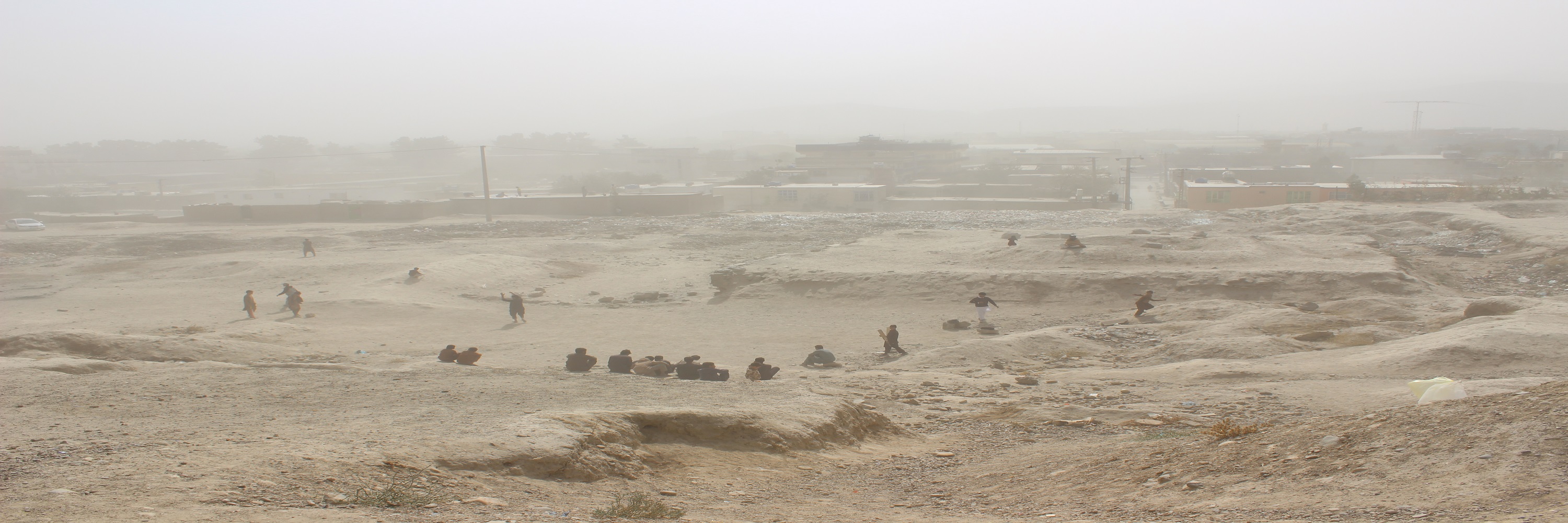TAPE MARANJAN

Tepe Maranjan stands on a ridge that was the site of several Buddhist religious complexes, east of Kabul’s old city. Excavations by French archaeologists in 1933 revealed a fort-like structure that was thought to date from the 4th century AD, over which a small stone stupa was superimposed in the 6th or 7th century AD. This latter structure yielded an assortment of objects, including a fine schist boddhisatva figure (now in the National Museum) as well as coins from the 3rd-4th century and ceramics from the 5th to 9th century AD. Subsequent excavations by Afghan archaeologists between 1981-7 exposed on the lower part of the site a large stone platform for a stupa. It is this area that will be the focus of stabilisation, after the site is fenced, accumulated waste is cleared and detailed documentation has taken place.
Starting Date : 2016-01-01
Completion Date : 2017-01-01